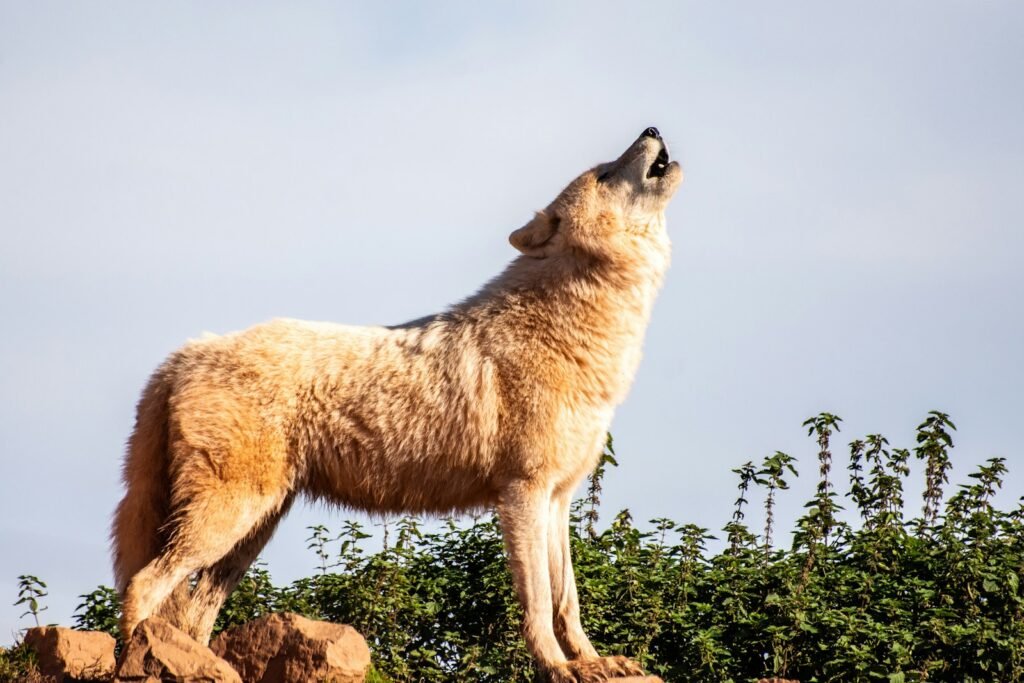Science loves a good mystery, and this one feels personal: which living guardian best captures Cancer’s soft-but-steel sense of protection? The answer doesn’t sit only in the stars; it moves on silent feet across savannas and scuttles through tidal flats. Protection, after all, is a strategy, not a slogan – sometimes a fortress, sometimes a formation, sometimes a whispered warning in the dark. New tracking tools and acoustic analyses are revealing defense as a family business across species. And when you put the clues together, one matriarch rises above the rest while an old zodiac symbol reminds us that armor comes in many forms.
The Hidden Clues
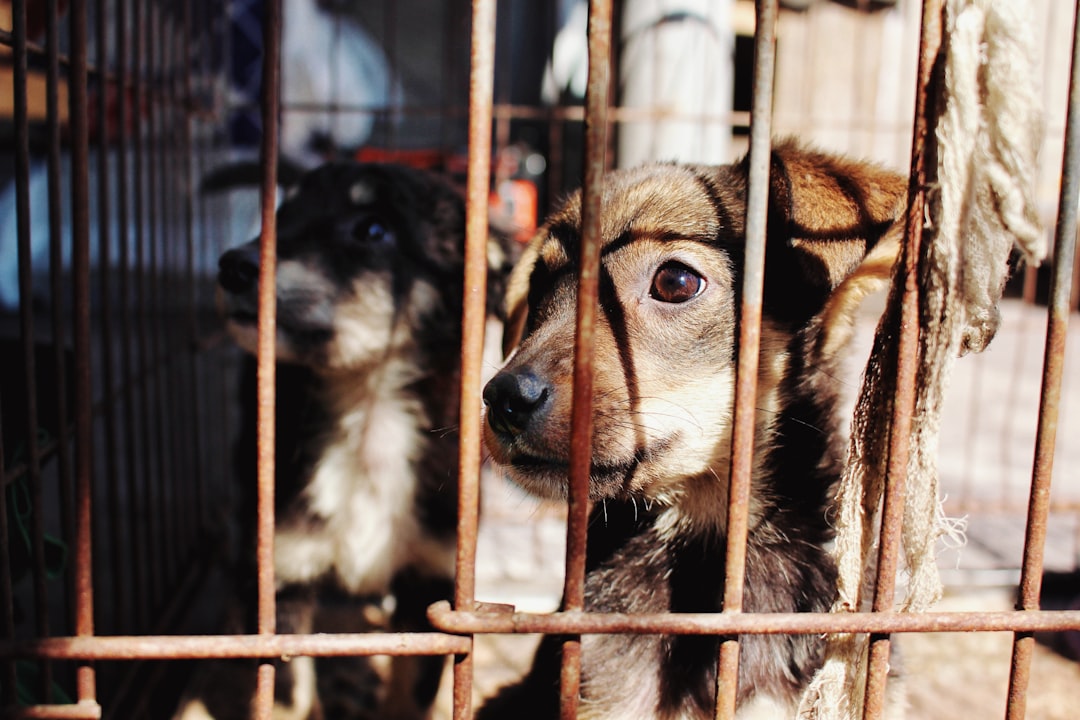
Look closely at the quiet moments: a semicircle of bodies around a newborn calf, a sudden hush before the wind shifts, a ripple of movement when danger approaches. These are not accidents; they’re rehearsed instincts coded by evolution and practiced through social learning. I still remember crouching behind a vehicle as a herd tightened into a living shield, the calf tucked so deep I couldn’t glimpse an ear. Protection looked like choreography, and everyone knew their steps. The pattern was deliberate, almost ritual.
Scientists see similar choreography in other guardians – wolves rotating sentry duty, meerkats elevating a lookout, orcas forming a mobile ring. What ties them together is not aggression but forethought: better to warn early than fight late. In many cases, younger animals learn by shadowing elders, the way children copy a parent scanning a parking lot before crossing. Protective behavior spreads like a family recipe, slightly different in every household but recognizably the same. That’s the hidden engine behind the legend of Cancer’s caretaker heart.
From Ancient Tools to Modern Science

We used to infer protection from tracks in the dust and a handful of field notes. Now, GPS collars map family movements with minute-by-minute precision, revealing how groups detour around risky corridors or cluster in tighter formations after a disturbance. Drones add a bird’s-eye view, catching defensive maneuvers that would vanish by the time a researcher arrived on foot. Bioacoustic sensors turn soundscapes into datasets, logging who calls, when, and how groups respond. Patterns emerge, like early-warning rumbles timed just before a shift to thicker cover.
Machine-learning models sift these signals, flagging behaviors that correlate with safety, calf survival, or conflict avoidance. Accelerometers tucked in tracking tags note tiny posture changes that precede a group’s collective pivot, like a shared flinch stretching into a decision. Over time, the picture deepens: protection is a layered system combining memory, communication, and movement. It’s less a single instinct than a suite of strategies that switch on depending on context. That complexity is what makes identifying a true “Cancer spirit” both challenging and thrilling.
Lessons From the Matriarch: Elephant Families Up Close

If you’re searching for Cancer’s protective twin, elephants are the front-runner. Multi-generational herds, often led by experienced matriarchs, rally around calves in a heartbeat, forming a tight phalanx that moves as one. Allomothering – where aunts and older sisters help care for young – spreads responsibility and reduces risk, especially in stressful seasons. Memory anchors it all: matriarchs carry mental maps of safe routes and water sources, and they apply that knowledge calmly when tensions rise. Protection here feels deeply relational, not just reactive.
Communication channels make that protection efficient. Low-frequency rumbles travel far, coordinating group shifts that look almost telepathic to the untrained eye. Playback experiments and long-term monitoring suggest different call structures can warn, soothe, or summon, adjusting the herd’s posture without chaos. Even grief, as subtle as a lingering touch on old bones, reinforces social glue that later shores up vigilance. When I compare these scenes to Cancer’s archetype – home-first, fiercely loyal, soft on the inside with armor when needed – the match is hard to deny.
Defenders at the Edge: Crabs and the Zodiac Link

The zodiac’s symbol for Cancer is the crab, and there’s wisdom in that shell. Crabs build safety from the outside in, relying on armor, narrow burrows, and sideways sprints that outwit larger predators. Many females brood eggs beneath their abdomen and fan them constantly, a quiet, relentless investment in survival. Burrow defense can turn fierce at a moment’s notice, with residents blocking entrances and waving claws to warn intruders off. Home, for a crab, is not just a place; it’s a shield you carry with you.
That metaphor matters. While crabs aren’t famous for family groups the way elephants are, they excel at territorial protection and parental diligence during critical windows. Some species decorate themselves with sponges or seaweed, an improvisational camouflage that lowers the odds of conflict altogether. It’s prevention as strategy, the same way a careful parent checks the locks before bed. If elephants embody Cancer’s nurturing circle, crabs embody the hard boundary that makes nurturing possible. Armor and empathy, working in tandem.
Cooperative Guardians: Wolves, Orcas, and Meerkats

Protection scales beyond species differences when cooperation is the rule. Wolves coordinate hunts but also coordinate safety, distributing roles so pups remain in the safest zones during travel. Orcas, with their tight-knit pods, share food and escort vulnerable members with intent, creating a moving sanctuary in risky waters. Meerkats offer a classic case of babysitting and sentry duty, where individuals trade off costs so the group as a whole gains. The math of survival tips in favor of teams.
Across these systems, protective behaviors grow from information flow: who sees danger, who signals first, who trusts the signal. Learning matters as much as instinct, and experience compounds like interest. Youngsters raised in stable groups often show better judgment later, just as kids in supportive neighborhoods learn when to step forward or step back. That continuity helps explain why some populations rebound after setbacks while others falter. Safety, it turns out, is a culture.
Why It Matters
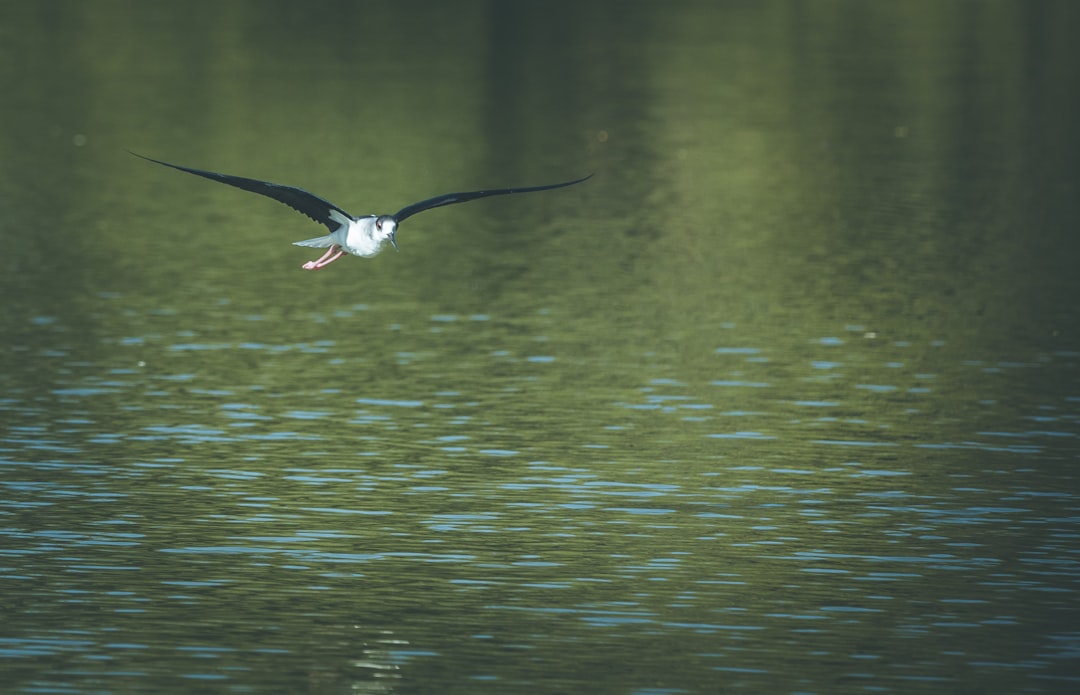
Understanding natural guardianship is more than a poetic exercise; it’s a conservation tool. When we know how families defend and retreat, we can design reserves that align with those patterns, reducing deadly fence lines or chokepoints. Bioacoustic early-warning systems can steer herds away from conflict zones before panic takes hold. Comparing across species also sharpens our sense of trade-offs: armor versus agility, secrecy versus deterrence, collective defense versus individual flight. Each choice carries energy costs and survival dividends.
There’s a human mirror here. Communities that invest in early warnings, shared caregiving, and trust tend to weather shocks – from storms to economic jolts – better than those that go it alone. Traditional methods, like static boundaries and reactive patrols, may help, but they miss the subtlety of social defense. A forward-looking approach borrows from matriarchal memory and crab-like boundary setting, blending compassion with clear limits. The science of protection is, in the end, a blueprint for resilience.
Global Perspectives
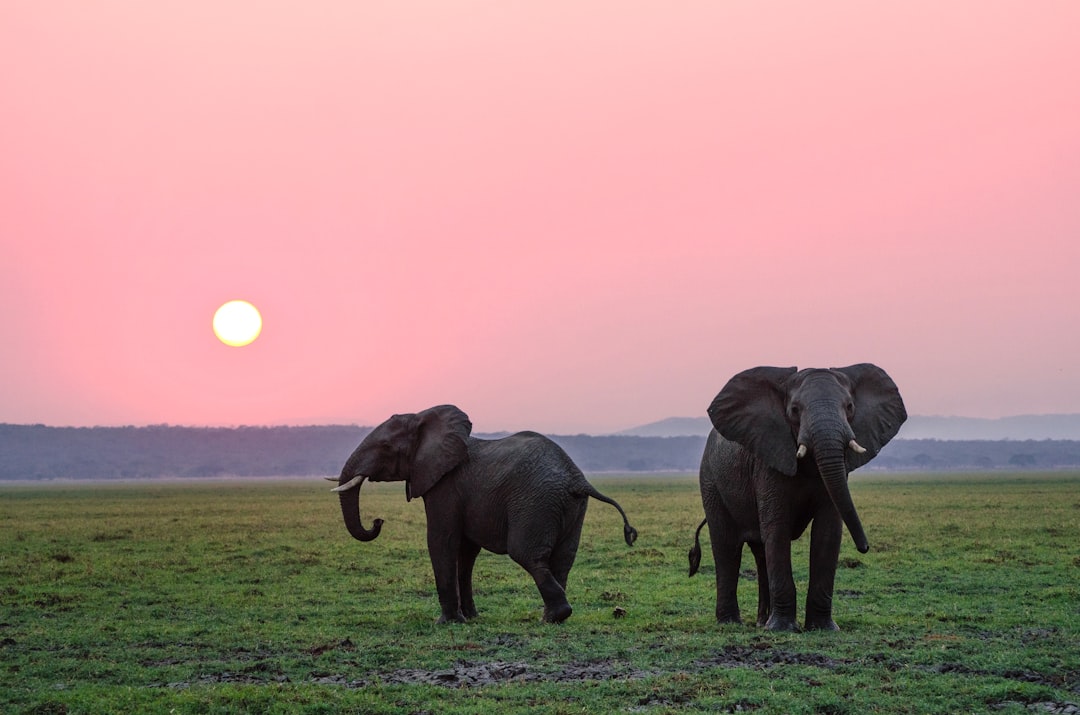
Protective behavior plays out differently across continents, because threats differ. In parts of Africa and Asia, elephants navigate busy mosaics of farms and roads, turning nighttime into a safety tool while families cluster tighter near villages. Along coastlines, crabs face warming waters and more frequent hypoxia events, nudging them toward deeper refuges or shifting breeding windows. Indigenous knowledge often complements high-tech monitoring, offering nuanced readouts of seasonal safety that satellites can miss. Policy works best when it listens to both.
These dynamics highlight fairness as much as biology. Communities living with megafauna shoulder daily risks, and successful programs often share benefits – insurance for crop loss, safe corridors, rapid response teams. On beaches, simple protections for intertidal zones can safeguard crab nurseries that feed entire food webs. Internationally, coordinated data standards let researchers compare defense strategies across regions and species. Global science moves faster when guardianship is a shared language.
The Future Landscape

Tomorrow’s protective science will be quieter, smarter, and more connected. Edge devices can now classify calls or alarm signals in real time, alerting rangers or communities without blasting noise back into sensitive habitats. Satellite constellations track shifting routes as climate stress rearranges risk maps, while privacy-aware protocols keep poachers from exploiting the same data. Genetic tools, from noninvasive dung sampling to environmental DNA, trace family ties that shape who defends whom. Even better, software can simulate policy scenarios before anyone lays a fence post.
There are pitfalls to navigate. Algorithms trained on one population might miss dialects in another, and well-meaning drones can add stress if flown carelessly. Climate change will test every defense, squeezing water resources and pushing animals into unfamiliar conflicts. Funding cycles often ignore the slow, steady work of building trust with local communities. Still, the momentum is real, and the toolkit is expanding in the right direction.
Conclusion
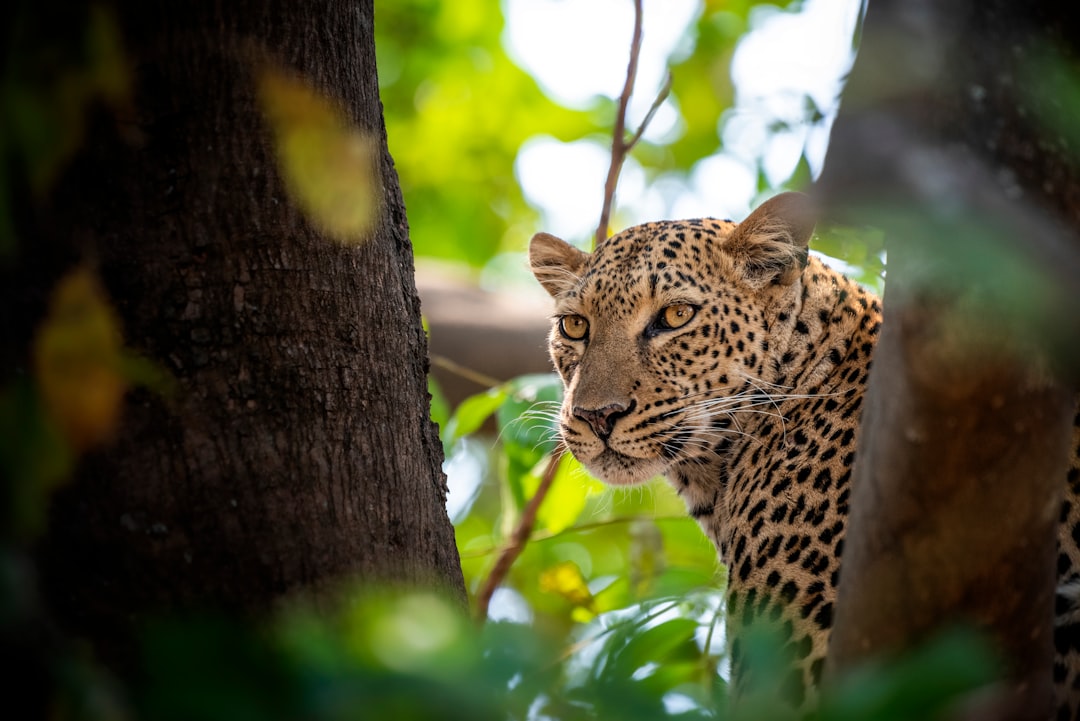
If Cancer’s spirit is the guardian at the gate, we can borrow its courage and care. Support groups that blend science with community needs, not just high-profile rescues; long-term monitoring and local leadership are the quiet heroes here. Choose seafood from fisheries that protect coastal nurseries and intertidal habitats, the frontline for countless crab species. If you live near wildlife, back corridor projects and practical measures like predator-safe enclosures and crop insurance. And when you visit wild places, keep noise low; let protective conversations – those rumbles and warnings – flow unbroken.
Curiosity helps most of all. Read field updates, share the small wins, and volunteer for beach or savanna cleanups that remove the hazards families can’t see coming. Download acoustic citizen-science apps if they’re available in your region and contribute soundscapes responsibly. Give scientists time; the best answers unfold across seasons, not headlines. The question at the heart of this story is simple: how can we be the calm center that protection requires?

Suhail Ahmed is a passionate digital professional and nature enthusiast with over 8 years of experience in content strategy, SEO, web development, and digital operations. Alongside his freelance journey, Suhail actively contributes to nature and wildlife platforms like Discover Wildlife, where he channels his curiosity for the planet into engaging, educational storytelling.
With a strong background in managing digital ecosystems — from ecommerce stores and WordPress websites to social media and automation — Suhail merges technical precision with creative insight. His content reflects a rare balance: SEO-friendly yet deeply human, data-informed yet emotionally resonant.
Driven by a love for discovery and storytelling, Suhail believes in using digital platforms to amplify causes that matter — especially those protecting Earth’s biodiversity and inspiring sustainable living. Whether he’s managing online projects or crafting wildlife content, his goal remains the same: to inform, inspire, and leave a positive digital footprint.

